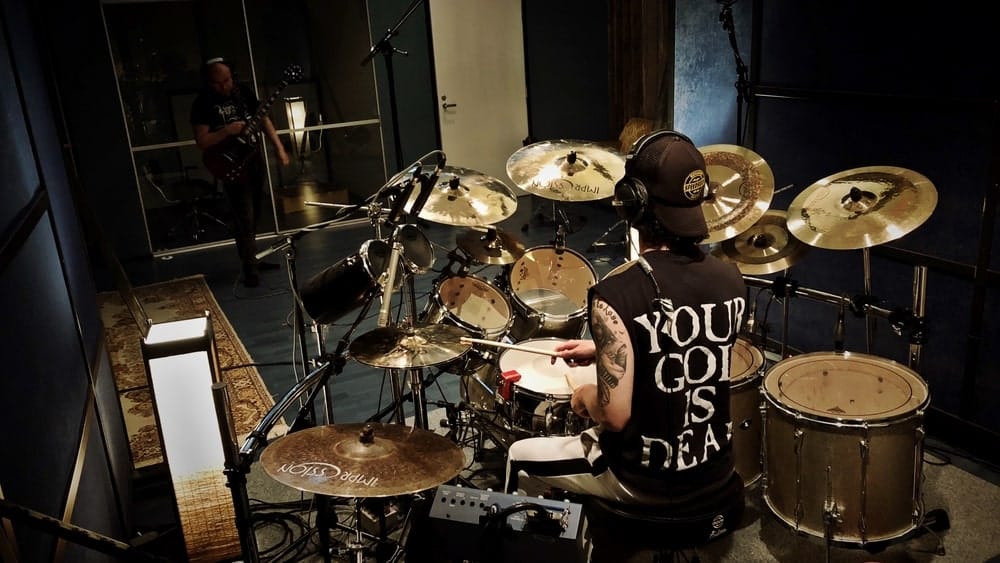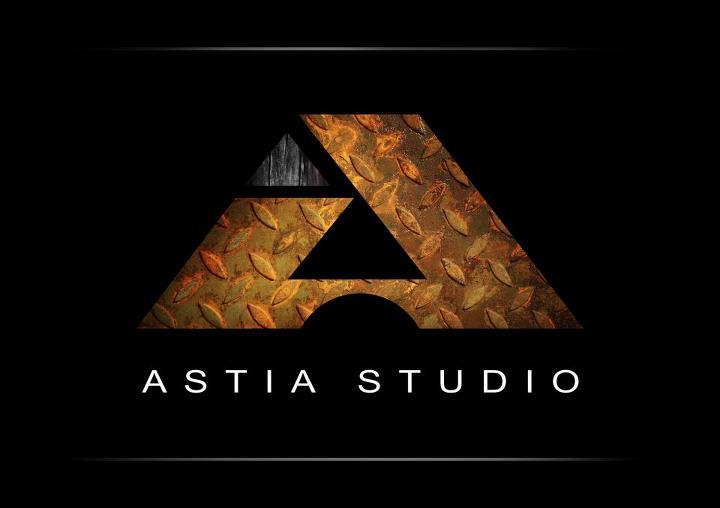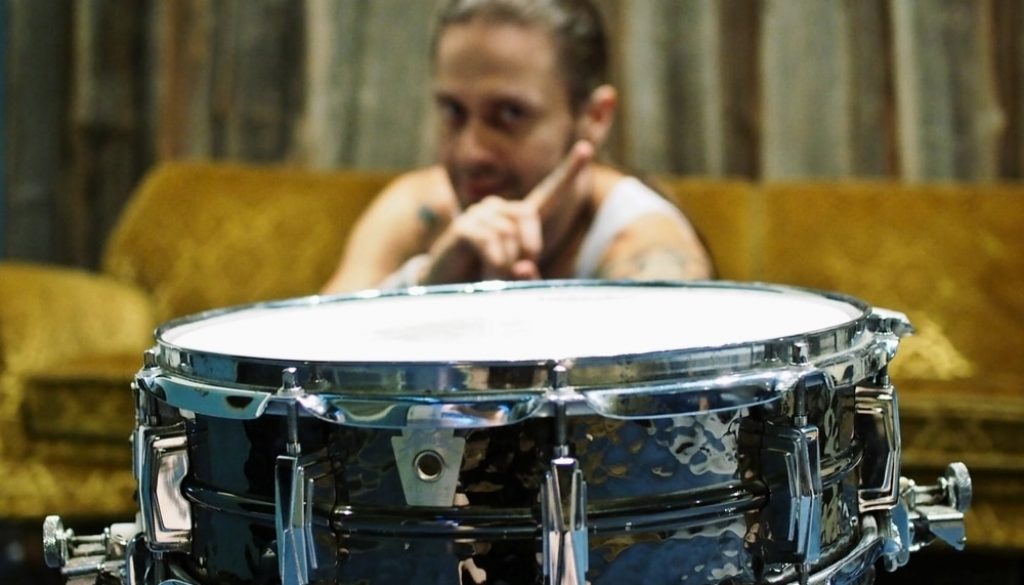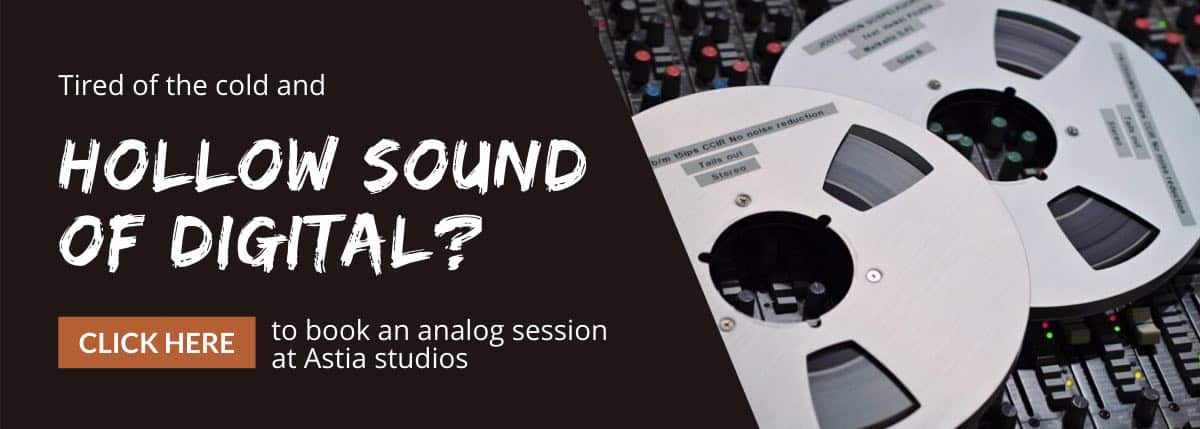Avoid this common mistake when recording drums
Lets talk about my most dearest topic; drums and how to record them. Capturing a great drum sound is more challenging compared to other band instruments. Instead of several separate sound sources the drum set is one single instrument. It actually is the only acoustic band instrument along with occasional acoustic guitar and a much rarer grand piano. There are many factors that can go wrong in drum recording. And this is why I want to help you avoid this common mistake when recording drums. This writing will help you as a drummer and as a recording engineer.
Avoid this common mistake when recording drums
You can learn a lot about my most favorite topic, the drum sound, by reading this blog. As drums are the most difficult band instrument to record, I am more than happy to share tips that will help you to success.
The hazards of recording drums
Recording drums has many potential hazards. You should take them into account before even considering to start recording. When it comes to sound, it is always as good as the weakest link in the chain. Sometimes the weakest link is the incorrect tuning, incorrect drummer, too dry drum room, the selected microphone and sometimes the recording engineer. I have given detailed instructions on a previous post about the room microphone placement. When you place the room mics incorrectly the highly important room tracks become useless. You should also learn to hit the drums correctly. Once you develope your signature style you are literally starting to be on the right track.
Drum sound is affected by a lot more factors compared to guitar for example. The most authentic way to capture electric guitar is by using just one microphone. When it comes to drums you usually need several of them. Yet, the more microphones you use, the bigger the chance you have to ruin the sound with phase cancellation and sloppy microphone placement.

Tweak the sound source
Recording in a hurry very rarely leads to an excellent or even tolerable result. Don’t be too hasty about anything when it comes to recording. Did you know that AC/DC spent 10 days just searching for the right snare sound? They were starting to record For Those About To Rock (We Salute You) album in a studio which they even didn’t end up recording anything. After several studios and no recorded material they found the sound they were looking for at the rehearsal room! Read more interesting facts about their session here and also here.
You shouldn’t go to a studio to start searching for the sound you might be able to get out of your drums. Especially with today’s budget that would be a huge waste of money. You should rather spend the time at the rehearsal room to learn how your drums sound and how much for example the material of the drum affects it. I highly recommend learning how to tune the drums as it is not quantum physics.
Back in the days I learnt to tune the drums with Mr Jaska Raatikainen from Children Of Bodom. And to our pleasant surprise we found out that it wasn’t that difficult at all.
Tha subtle difference
The legendary studio and keyboard guru Mr Esa Kotilainen spoke the words of wisdom when I got to chat with him about the huge difference between analog and digital audio. Mr Kotilainen mentioned that earlier when you listened the music from a vinyl record you could easily tell if the drummer used Zildjian or Paiste hihat. Nowadays when recording on computer you no longer can hear the difference. Yet, on the old vinyl records the difference is still there. If this interests you, please focus on the cool phenomenon that still exists on the full analog signal path releases. Using a full analog sound system helps you spot the difference.

How to start a session
We start every session by setting up the instruments on the evening before the session. We always change, stretch and tune the new drum heads. Then without additional charge I mike the instruments and tweak the sound for recording. On most cases it is very very close to the sound of the completed mix. Once the headphone balance too has been fine-tuned to very pleasant we record a test take.
This is a great way to save 3–4 hours of studio time from the first session day. In addition to the free extra hours the bands seem to like it a lot when they get to hear a test recording on the evening before. This helps to relieve the stress caused by the session. It also helps them understand how they sound when recorded on tape. Especially on your first tape session, this is always a very cool moment!
During the years I have learnt that the better the sound we are about to record, the better the sound after mixing. Always spent the time to tweak the sound source and recording settings to as good as possible. When it comes to drums, new drum heads sound much better and bright on most sessions. So do your best to avoid this common mistake and do not record drums without changing new drum heads.
Read more how you can improve the sound quality of your recording:
This Is Why Music Sounds Better When You Process The Audio During Recording

It’s often recommended to change new drum heads before recording. New heads have better sustain and as they are fresh they deliver more high and low frequencies.
–Risto Niinikoski / Vain elämää, Egotrippi
The importance of the new drum heads
It’s surprisingly often that the drummer asks if he could use old drum heads on a recording session. To me it sounds a bit strange as every drummer should know how much the new drum heads affect the sound. And especially how much more bright sounding the new drum heads are. Changing all drum heads is not cheap, yet this is where you should not try to get away as cheap as possible. You are leaving your legacy of music and it would be great to have it done on the best possible quality.
I recommend that after changing new drum heads you run them in by playing.
–Tommi Tuhkala / Spell Of Torment
Earlier we spent several days or even weeks recording drums for an album. We changed the drum heads pretty often. It wasn’t too rare to have the bass drum head reach its “note limit” on a metal genre album session and it broke. A thin bass drum head has more treble when it comes to frequencies which is perfect for both rock and metal. Yet at the same time the life span is much shorter compared to a more thicker head. I do not recommend using a thick drum head on rock and metal.
Changing new drum heads is frustrating, yet a necessity if you want THE sound and that’s exactly what I love to have. The only exception is when you want drums to sound dark and dull.
–Toni Paananen / Session drummer
When new drum heads are not needed
OTOH, if your drums will be replaced by samples you shouldn’t invest on new drum heads. And then again you shouldn’t invest on expensive drums as you can barely hear them on the album. What if instead of soundreplacing you’d simply program the drums as midi? This way you wouldn’t have to bother learning how to even play the drums… This paragraph might have a touch of sarcams included. Let’s switch the sarcasm off and continue.
Sometimes dark and crappy sound can be just what you need. Sound-related things are mostly opinions only. BUT, it’s a lot easier to dampen a healthy sounding drum head, rather than trying to magically make a badly beaten one to sound great again!
–Tommi Virolainen / Royal Max
From the bottom of my heart I hope that you too want your music to translate all the effort and money you have invested on rehearsing and to your drums. Mr Risto Niinikoski has a great point about the exception when to avoid using this tip. There is one situation where changing the drum heads would simply be just very wrong.
Sure it’s not univocal. Many vintage drums for example sound lovely with the old drum heads. In this case I would not change the drum heads, if they sound appropriate. That’s a part of their character.
–Risto Niinikoski / Vain elämää, Egotrippi
Recording drums – compare to hear the difference
Especially in rock and metal genre use new drum heads for more brighter and clear sound. Here’s another great spot for an A/B comparison. First record drums using old drum heads. Then change the new drum heads and stretch them correctly. This will prevent the tuning from altering after a couple of drum hits.
Record the same part or song using the new drum heads and compare. Focus on the difference in brightness. Don’t try to look for the difference on the computer screen. When it comes to sound you should always use your ears.
I listed all my drum-related blog posts for you. So please reserve enough time to learn lots of cool info, tips and tricks about the drum sound and drum recording.

How to improve drum sound
Thank you for reading my tip on how to avoid this common mistake when recording drums. Using new drum heads is more important that you might think. And then the man who has the most admirable snare collection, Mr Tommi Virolainen has a great tip about the snare sound.
I recommend to change at least the snare head(s). One thing that usually is overlooked is the snare wires. Tired and stretched snare wires can have a negative effect on the sound.
–Tommi Virolainen / Royal Max
From the bottom of my heart I hope you are now inspired to put a lot of effort on how your drums sound. This will improve not only the sound but also the recording experience. It is highly rewarding when you track drums that already during recording sound like on a mixed album. This is when you as a drummer deliver your signature style and touch to your music along with everything that you’ve been working hard for all these years.
If this post was helpful, please share it on social media. This way you will help your friends to benefit from this information too.
I cannot wait to reply your questions and comments so please do leave them below. To hear your drums recorded in great detail reserve a full analog tape session with me at Astia-studio by clicking here. Thank you very much and all the very best!
Astia-studio is a full analog recording studio located in eastern Finland with 25 years of experience. Bands and artists from all over the world including USA and the furthest corner of Russia, Vladivostok have arrived to us for tape recording sessions.




17/08/2019 @ 5:29 am
Cool, Anssi! As always inspiring!??
20/08/2019 @ 8:39 pm
Thank you very much Artem ? It’s a pleasure to share my experience. Lots of greetings, have a great week and all the very best! ?
17/08/2019 @ 10:56 am
You are a drummer!
20/08/2019 @ 8:41 pm
I actually do play drums on a song with members from Children Of Bodom, but we managed to stop it from being published. ? I’m no drummer but I have seen a lot of them. ? Have a great week & all the very best! ?